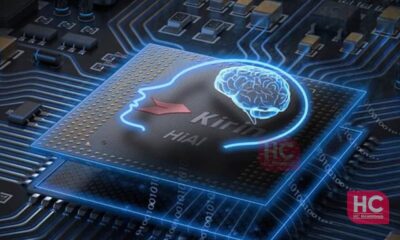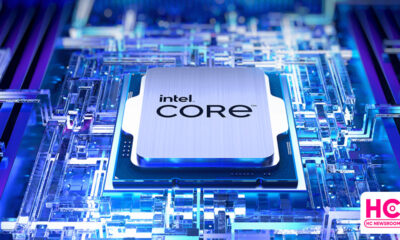Technology
Intel 13th Gen Core Processor Family: Everything you need to know

Wow! here is a new processor stepping its leg into the market. Intel has finally unveiled the 13th Gen Core Processor Family on the consumer stage. The huge cooperation launched its new invention at Intel Innovation on September 27 with record-breaking features and functionalities.
So let’s make a tour of this unique processor family in more detail.
The latest 13th Gen Intel Core Processor Family has six members. In other words, there are six new unlocked desktop processors with 24 cores and 32 threads. These chipsets also have dynamic clock speeds up to 5.8GHz. As a result, it will deliver smart and best gaming, video and live streaming, and recording experiences.
On the other hand, This new family includes 125 partner system designs. Together, these components and additions provide an uncompromised experience for both application performance and platform eligibility.
In terms of memory, the newly-released processors equip two segments. One is the latest DDR5 and the other is the traditional DDR4. Consequently, both the memory variants offer thoughtful benefits of the 13th Gen Intel Core processor while assembling the desktop setup.
The new product of the company stands on the x86 performance hybrid architecture. This mechanism brings the fastest P-core (Performance cores) and E-core (Efficient cores) that uplifts the performance grade. One can find better responsiveness from the system side even when there is a lot of multitasking workload.
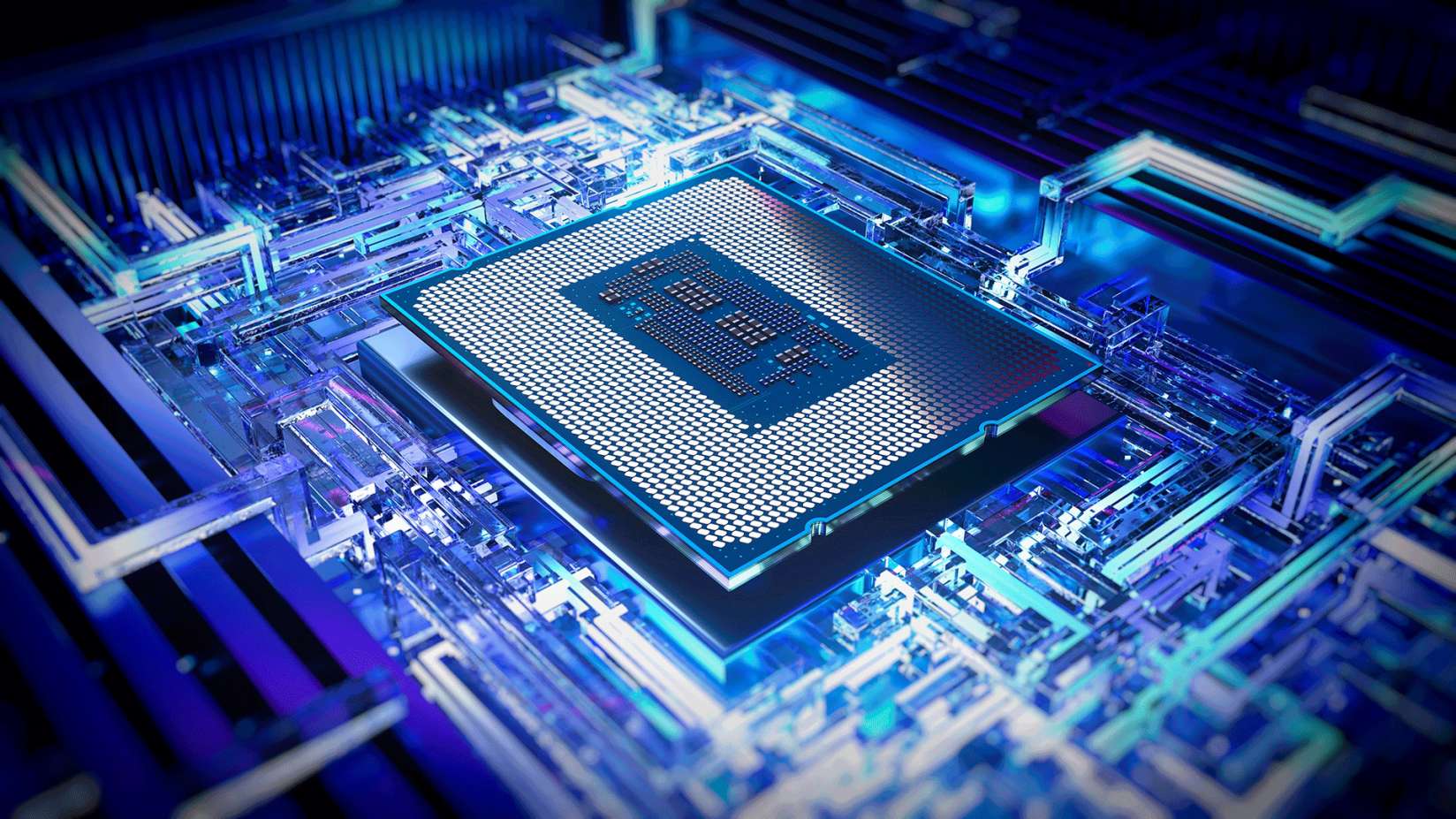
Main Advantages of the new processor family:
- World’s best gaming experience: With up to 5.8GHz and 15% better single-thread functioning, the processor can exhibit high frame rates and unleashed gaming experiences.
- Advance content creation: With P-cores and E-cores, the multi-thread functioning increases up to 41%. You can manage and operate several tasks conveniently and creatively.
- Unmatched overclocking experience: Users can inspect higher average over-clocking speeds across various key components. It also features hassle-free memory overclocking experience with both DDR4 and DDR5.
Apart from the main objectives, the respective processors bring several improved functions as well. For instance, it boosts the technology and thermal velocity power, supports PCIe Gen 5.0, increments the memory support to DDR5-5600 and DDR5-5200, maintains the compatibility of DDR4 memory, increased the L3 cache, and more.
As for the availability, these new processors will officially appear in the market after October 20. Aside, the company will also open the sale procedure for boxed processors, motherboards, and desktop system sales.
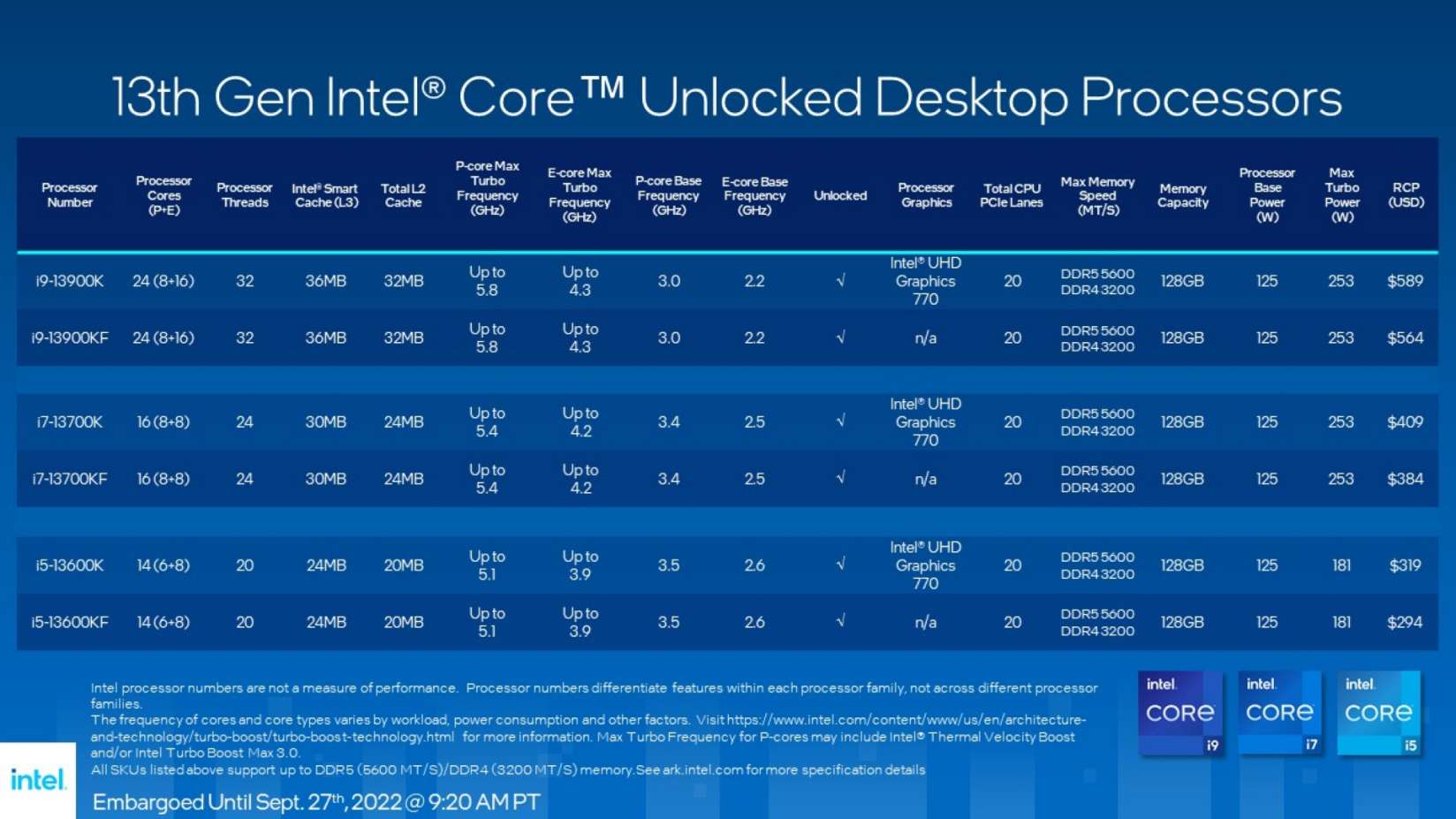
|| Source ||
Technology
Huawei Earbuds tech could measure SpO2 and heart rate through ear
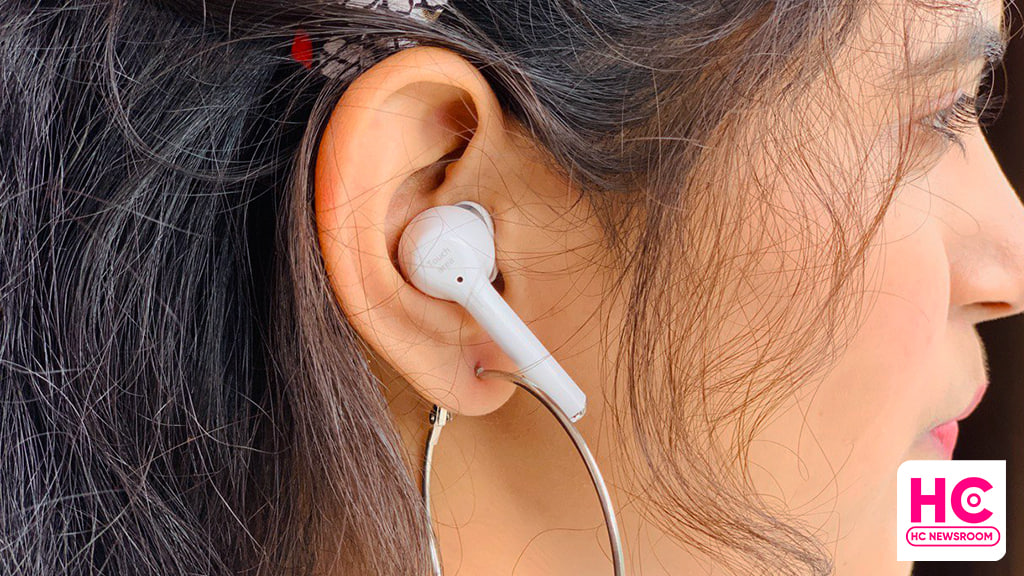
Huawei is the first company to launch a SpO2 blood oxygen monitoring feature in smart bands and smartwatches and it also has one of the most accurate heart rate trackings but do you know that Huawei also has a tech patent for earbuds that could measure both of these right inside your ear?
An internal patent reveals that new Huawei earbuds tech could measure SpO2 blood oxygen and heart rate from within a user’s ears. Blood oxygen saturation (SpO2) is a useful indicator of a person’s health. It represents the percentage of hemoglobin in the blood that contains oxygen.
Details of the patent:
An embodiment of the present application provides an earphone, including an ear bag and a detection sensor disposed of in the ear bag, and the detection sensor is used to detect blood oxygen saturation and heart rate.
The ear bag includes a first contact part and a second contact part. When the earphone is worn on the ear, the first contact part contacts the inner bottom surface of the concha cavity of the ear, and the second contact part contacts the inner surface of the tragus of the ear.
A detection sensor is provided on at least one of the first contact parts and the second contact part where the ear bag is in contact with the skin of the ear, which can reduce the transmission distance between the detection sensor and the skin, and effectively improve the detection sensor’s ability to detect blood oxygen saturation and the accuracy of health indicator detection such as heart rate detection.
Moreover, the contact between the first contact part and the second contact part and the tragus and the concha cavity is relatively stable, and the earphone has good stability even in an active scene, which can further improve the detection accuracy.
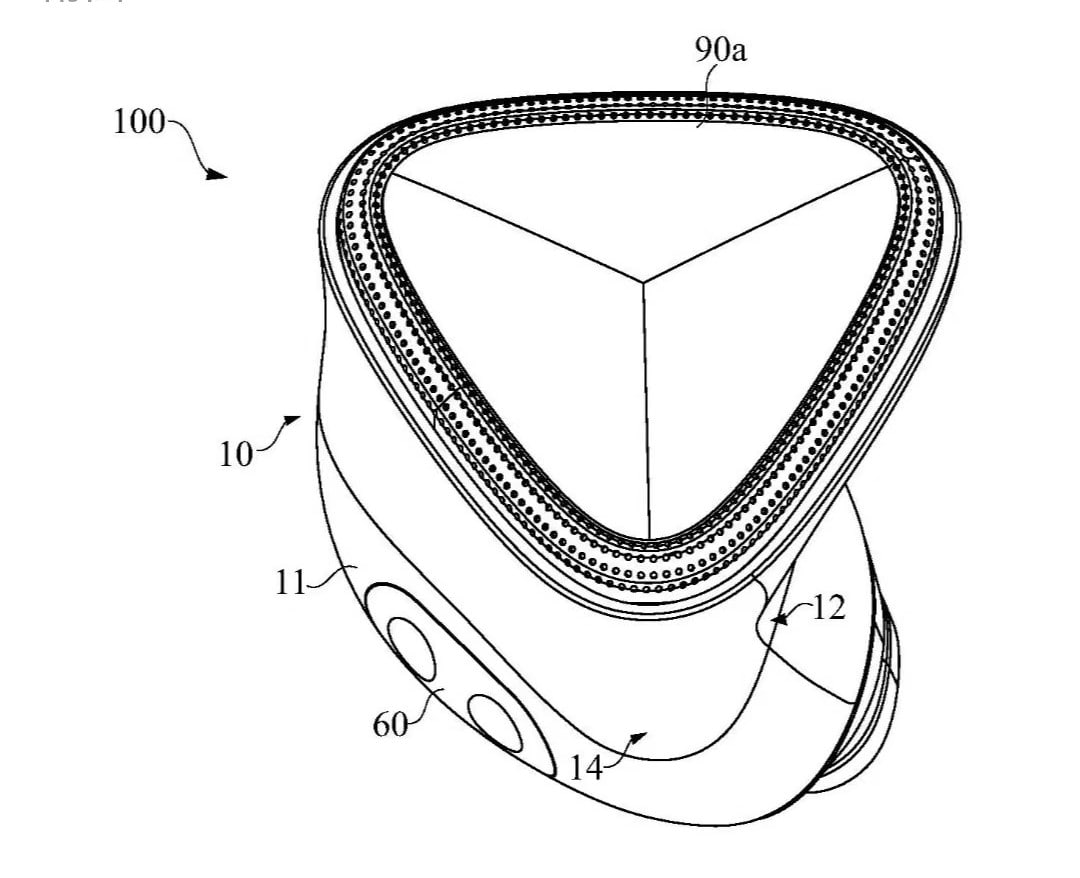
Is this possible?
Yes, it’s the first question that triggers among the readers but after surfing through the web, there are a number of detailed articles that may help you to learn about optical heart rate sensor that is possible in earbuds (link) and In-ear SpO2 (link).
So the answer is yes, it’s possible to measure these two readings but we can’t confirm whether Huawei is planning to launch earbuds or wearables with this new patent. However, we do want to see it in action.
Technology
How good is Huawei Nova 10 Pro 100W turbo charging?
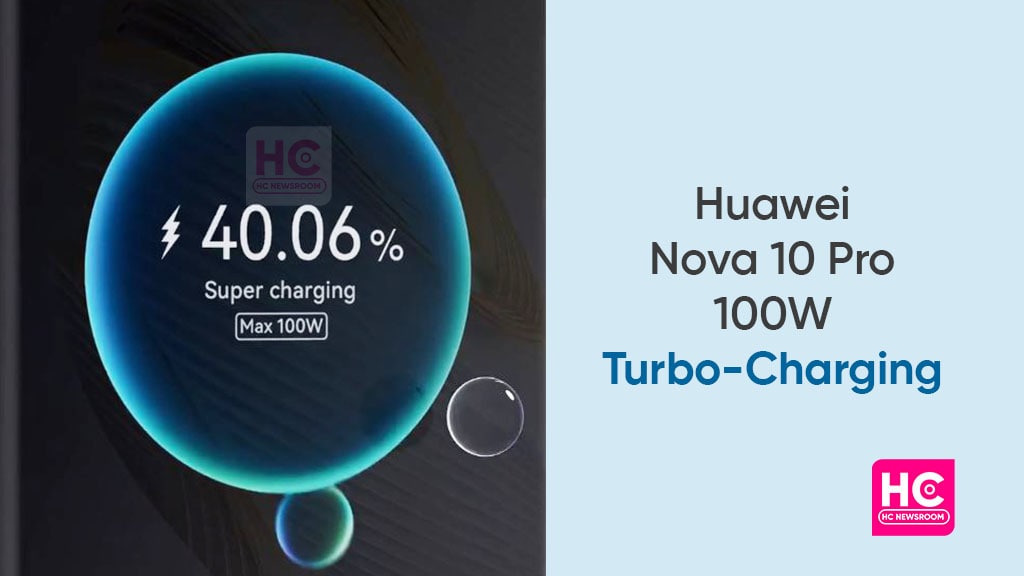
Huawei Nova 10 Pro is a gigantic member of the Nova family. The device comes into existence with several exciting features that can level up the user experience. However, the most reflecting technology of Huawei Nova 10 Pro is its 100W turbo-charging.
Yes, the company has done some amazing work with the Nova 10 Pro charging segments. Although, the devices hold several features to explore. Yet, turbo-charging is something that has drawn my attention a lot.
I think the battery is a very crucial part of a device. While purchasing a new gadget, users often check the battery specifications and its charging abilities. And why not, it is something that will power up our device and will keep it reliable in the time ahead.
Remember, a good battery and excellent charging functions can stretch the phone’s life to a long duration. It’s not us, but Huawei also understands this phrase. Hence, it equipped the latest Huawei Nova 10 Pro with a 100W turbo-charging facility.
100W turbo-charging – how does it work?
The Huawei 100W turbo-charging experience is worth praising. When I tried this technique for the first time, the results were surprising.
Ultimately, when you enable the turbocharging feature, it begins adapting the battery’s abilities. After plugging in the charger, the power suddenly jumps to 87W. After 3 minutes of super-fast charging, the power drops to 57W.
At this range, it continues to charge the device and slowly falls to 30W. Thereafter, it begins the background charging for 2-3 minutes with 26W power. Within or less than 10 minutes, the high-tech charging power up your device completely.

100W Turbo-Charging – good or bad?
Every technology has pros and cons. And so it follows on the charging as well. The turbo-charging may get affected by environmental factors. For instance, the temperature of your room, humidity, and more.
However, when we tried the turbo-charging effect under the ambient temperature of 30 degrees Celsius, the result was quite interesting.
- At 18.50 – 53% of charging
- At 18:53 – reaches 67%
- At 19:00 – 89% of the charging
- At 19:03 – 100% battery
Consequently, we can say that it takes 18-23 minutes to charge the device from 0 to 100 percent.
Notably, the battery capacity of Nova 10 Pro is only 4500mAh. In that aspect, turbo-charging operates in a very good manner. Moreover, it gradually increases and decreases the power level, so that your device may not get affected.
So far, Huawei has brought this technology with Nova 9 Pro smartphone. And now it’s playing wonders for users. With a 100W fast charger that offers turbo-charging, the device is good to go in your hands.
Any new charging technology is coming?
Well in recent times, we grabbed Huawei under a universal charging tech headline. As per the previous info, Huawei and some other companies have come across the table to find a universal solution for fast-charging adapters.
The new technique known as UFSC fusion (Universal Fast Charging Specification) will improve the charging facility. Further, it will contribute to the fast-charging ecosystem. It’s a simple way to unite different adapters with a revolutionary mechanism.
It’s believed, Huawei is doing great in terms of battery capacity. Even when the battery has low facilities, it is capable of boosting the entire functioning of the device. Well, a user most probably requires a phone that can survive for longer hours even when the battery is at a minimum percent. And the turbo-charging is perfectly offering these services.
Technology
After Huawei and Apple, Samsung to bring Satellite Communication
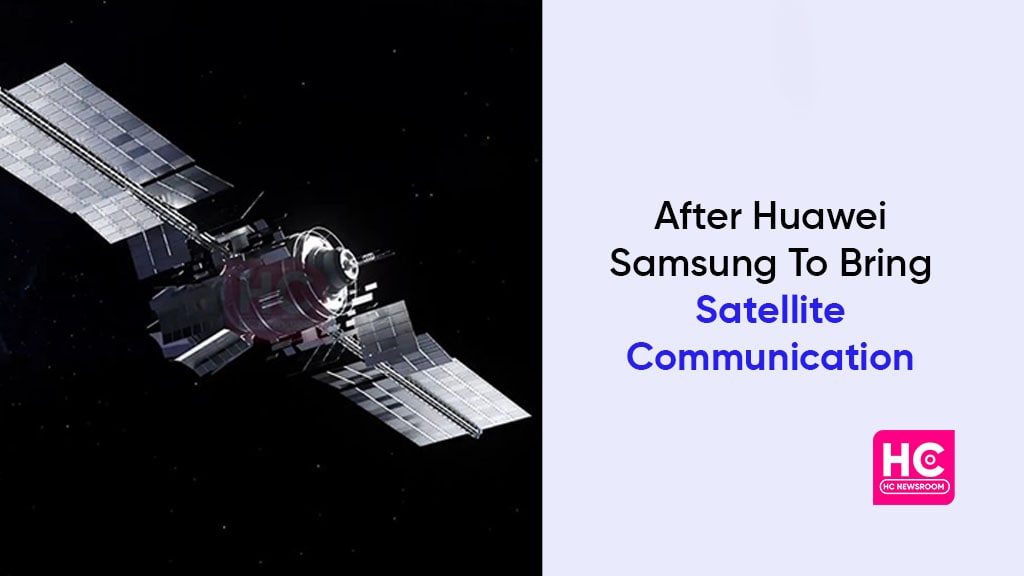
Huawei and its satellite communication are once again in the headlines. After Apple, it looks like Samsung is planning to follow Huawei and implement satellite communication technology on its flagship gadgets.
Satellite Communication technology is gradually becoming a trend in the market. In recent times, we come across several tech makers that are trying to adopt the respective feature for their devices or operating systems.
After Huawei, satellite communication enlisted Apple, Google (Android 14), and now Samsung. While Apple has already offered the benefits of satellite features with iPhone 14 series, Google and Samsung are in the preparation phase.
The latest information reveals that Samsung has associated with Iridium cooperation and is finalizing the satellite communication development for its next flagship smartphone – the Galaxy S23 series.
In our previous reports, we mentioned that Samsung is looking for a satellite connectivity provider other than Globalstar. This was so because Apple already merged with Globalstar for satellite features.
Thus, Samsung decided to take different steps in this tech concept. Eventually, it seems like the Korean tech maker has found the right companion to proceed with the new technology.
Samsung and Iridium
Speaking of the Iridium group, the cooperation utilizes the 66 low-orbit communication satellites. This framework offers effective voice and data communication services for users without any network hindrances.
On the flip side, the info states that Samsung has been working on satellite communication technology for the past two years. In the meantime, the company was dealing with antenna challenges as to how to make it a compact and power-efficient element.
Consequently, just like Huawei and Apple, Samsung’s main objective is to provide its users with immersive voice, messages, and image transmission facilities. And who knows, we could find the satellite tech with Galaxy S23 in the first quarter of 2023.
Satellite Communication – A long race!
Huawei is the first company to bring satellite communication features with the dynamic Mate 50 series. Ultimately, the feature is capable of relieving communication services even in low-area networks.
Thus, a user with Huawei Mate 50 smartphone can conduct calls, send a 19-20 characters text, scan a code 8-10 times, and generate trajectory maps and locations.
On the other hand, Huawei is making the corresponding feature more useful with the Mate 60. Yes, the internal tweaks suggest that the new version of this technology will enable two-way communications, sending voice messages, and making short voice calls as well.
It won’t be wrong to say that when it comes to technology and innovation, Huawei remains one step ahead.
Know More: Huawei Mate 60 may launch new Satellite Communication Features
Apple iPhone 14 series – SOS feature
Following Huawei, Apple also launched the iPhone 14 series with satellite features. It has implemented the Emergency SOS feature which combines with the software and connects antennas directly to the satellite.
As a result, this mechanism starts messaging functions with emergency services. Being an iPhone 14 user, you can use the feature under low-network or Wi-Fi coverage.
Android 14 is also on the list!
Yes, Android 14 has also appeared in the satellite communication headlines. The information states that Google is also making efforts and could initiate satellite features on the next coming Android version.
In the time ahead, we could see many competitors in this tech field. But it would be worth seeing which manufacturer will remain in the first position regarding satellite communication.
(Source)



